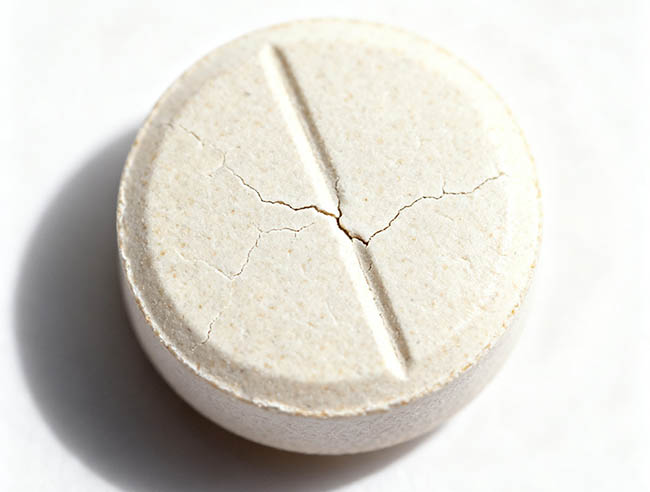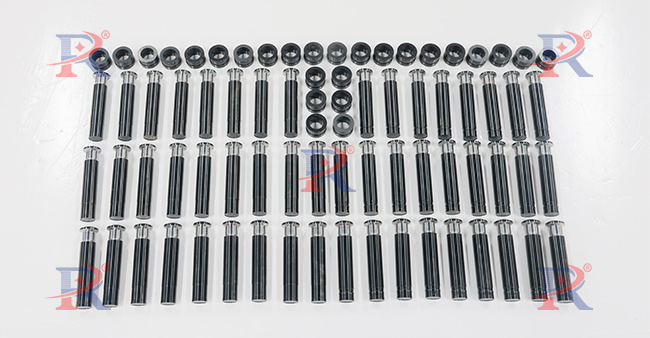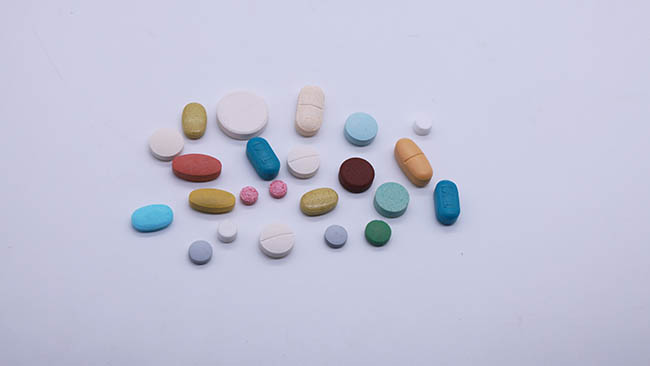Máquina de prensagem de comprimidos is an essential piece of equipment in the pharmaceutical industry, transforming powdered raw materials into solid tablets of various shapes and sizes through high pressure applied by dies. Understanding its working principle is crucial for producing high-quality tablets, optimizing production processes, and ensuring efficient machine operation. This article will thoroughly explain the working mechanism of a tablet press machine and its key components to help you better understand how tablet pressing works.
1. What is the Basic Working Principle of a Tablet Press Machine?
The working mechanism of the tablet press machine can be generalized as “forming solid tablets through applying pressure to powdered material,”. The raw materials are fed into a die cavity through the feeding system, where two punches (an upper and a lower punch) work together to compress the powder into solid tablets with designated shapes and sizes under high pressure. To ensure a uniform quality result of each tablet, parameters such as pre-compression/main pressure, powder fill volume, tablet thickness, and turret speed will be controlled in order to make sure the consistency and stability throughout the tablet pressing process, improving the overall quality of the tablet products.
The key steps in the tablet press operation include:
– Feeding: Powdered raw material is evenly delivered into the die cavity via the feeder.
– Compression: The upper and lower punches exert high pressure to compress the powder in the die cavity, forming solid tablets.
– Ejection: The finished tablets are pushed out from the die cavity by the ejection system.
The whole tablet production process is continuously carried out by a rotating mechanism, making rotary tablet presses ideal for mass production in pharmaceutical companies.
2. Key Components of a Tablet Press Machine that You Should Know
Understanding the components of a tablet press machine can help you manage the entire production process more effectively. Here are the key parts of a tablet press machine:
– Feeder: It ensures that powdered material is evenly delivered into the die, which is critical for tablet consistency.
– Dies and Punches: The die determines the tablet’s shape and size, while the punches compress the powder into tablets by applying pressure.
– Drive System: This provides the necessary power for tablet pressing, typically consisting of a main motor and mechanical transmission system.
– Control System: It collects real-time data from sensors at every step of the production process, ensuring accurate control over tablet pressure, weight, and size.
Each component plays a crucial role and is indispensable for maintaining a stable and reliable tablet production process.
3. Different Types of Tablet Press Machines and Their Working Principles
You may need to choose between different types of tablet presses based on your specific production needs. Common types include:
– Single-Station Tablet Press: Suitable for small-scale production or laboratory use, this type of machine is simple to operate and produces one tablet at a time. It works by having the upper and lower punches apply pressure in a straight line to form tablets.
– Rotary Tablet Press: This is a highly efficient machine for continuous large-scale production. Its working principle is similar to a single-station press, but it has multiple punches arranged on a rotating turret, completing powder filling, compression, and ejection simultaneously on multiple stations, significantly increasing production efficiency.
Due to its high productivity and automation, the rotary tablet press is a core production device in many large pharmaceutical factories.
4. Key Parameters to Control During Tablet Compression
Several parameters directly influence the quality of the tablets during the compression process. Understanding and controlling these parameters can help you produce tablets that meet the required standards.
– Pressure: This determines the hardness and stability of the tablets. Excessive pressure may cause tablet breakage, while insufficient pressure can result in loose tablets.
– Fill Volume: It affects the weight of each tablet and the uniform distribution of active ingredients.
– Speed: The faster the machine operates, the higher the tablet output. However, high-speed operation may lead to unstable product quality and increased wear on equipment. Production speed should be carefully adjusted according to the material properties to balance product quality and output.
These parameters can be set through the machine’s automation system, and real-time monitoring via sensors ensures consistency in tablet quality.
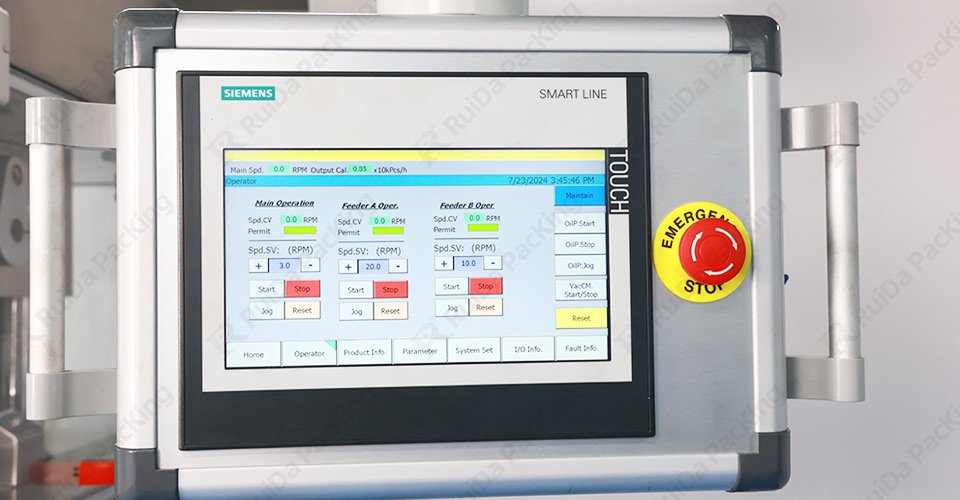
5. Differences Between Continuous and Intermittent Operation Modes
Pill press machines typically operate in either continuous or intermittent modes. The choice between these modes depends on the production volume and the level of automation required.
– Continuous Mode: Ideal for large-scale production, this mode allows the machine to continuously feed, compress, and eject tablets without interruption, maximizing efficiency and minimizing manual intervention.
– Intermittent Mode: Suitable for small-batch production or laboratory applications, where the machine pauses after each compression cycle, allowing for manual or automatic adjustments before starting the next cycle. While less efficient, this mode offers greater control and monitoring of each tablet’s quality.
Selecting the appropriate operation mode based on your production needs can significantly enhance both efficiency and tablet quality.
6. Importance of Powdered Material’s Preparation
Proper preparation of raw materials is crucial before tablet pressing. Depending on the properties of the materials, you may need to use a hammer mill to crush large materials or granules into fine powder, facilitating subsequent granulation and compression. High-quality powdered raw materials, characterized by good flowability and compressibility, can significantly improve the quality and stability of tablet compression.
– Hammer Mill: A hammer mill uses rapidly rotating hammers to break down materials, suitable for crushing hard materials. The particle size can be adjusted by changing the screen, meeting different tablet production requirements.
– Dry Granulation and Wet Granulation: These two granulation methods are the primary processes for converting powdered materials into granules. Dry granulation does not require the addition of liquids and is ideal for moisture-sensitive materials; wet granulation involves adding liquids and mixing to form granules, followed by drying, and is suitable for materials with higher stickiness.
In practice, both dry and wet granulation have their pros and cons. You should select the appropriate granulation method based on the material properties and production requirements of your tablets.
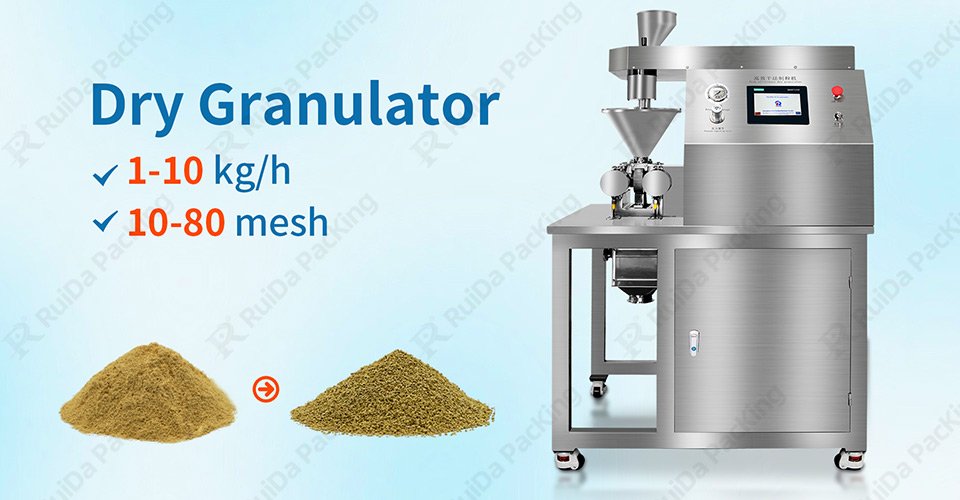
7. The Relationship Between Molds and Tablet Shapes
The mold is a critical component that determines the shape and size of the tablet. In a tablet press machine, the mold consists of two punches (upper and lower) and a die cavity in the middle. You can choose different mold shapes and sizes depending on the characteristics and intended use of the medication.
– Tablet Shapes: Various shapes such as round, oval, triangular, and other custom forms are available. Different shapes not only influence the appearance of the drug but also affect the ease of administration for the patient.
– Tablet Size and Weight: The diameter and thickness of the tablet are determined by the size of the mold, while the drug dosage and material density influence the tablet’s weight. By selecting the appropriate mold, you can control the tablet’s size and weight to ensure compliance with pharmaceutical regulations.
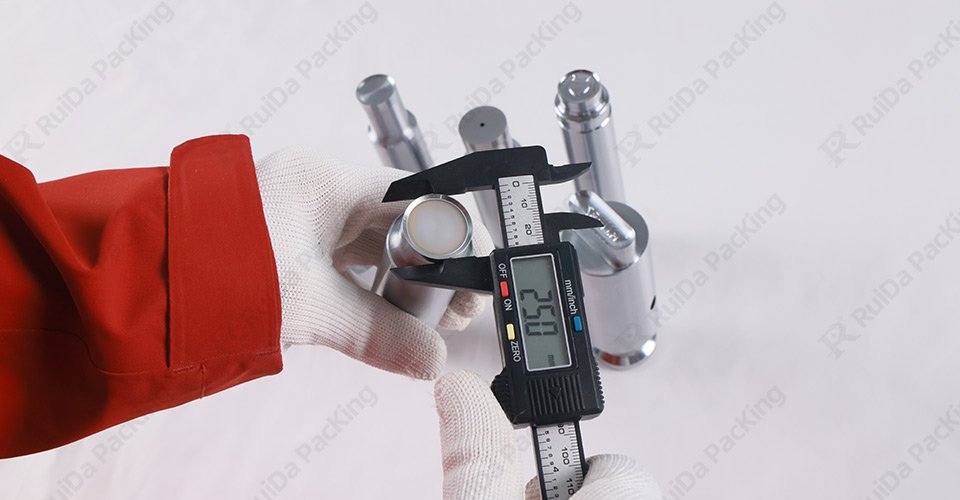
Conclusão
As a core piece of equipment in the pharmaceutical industry, the tablet press machine plays a vital role in determining the quality of the tablets produced. Understanding the machine’s working principles and components is essential for optimizing production processes and ensuring the consistency and high quality of each tablet. Whether choosing the right type of tablet press or controlling key parameters, mastering these technical aspects will enable you to achieve more efficient production.
